10 Useful Github Features You Probably Don’t Know
In this post, let’s explore some of the most useful GitHub features. About the author: Thoriq Firdaus is a writer for Hongkiat.com with a passion for web design and development. He is the author of Responsive Web Design by Examples, where he covered his best approaches in developing responsive websites quickly with a framework. Image courtesy of Bigedhar via Bigstockphoto.
Github is now the place where programmers and designers work together. They collaborate, contribute, and fix bugs. It also hosts plenty of open source projects and codes of various programming languages. What’s more, Github also released a desktop application for both Windows and OS X that allows anyone to integrate Github within their workflow seamlessly.
But, there is more to Github than meets the eye. A number of features are somewhat hidden beneath the neat user interface and hence are overlooked by many. So, here are 10 Github features that you might not know.
1. Drag and Drop Gist Code
Gist is Github’s very own facility that allows you to host code snippets. You can also browse and find a large number of code snippets of a variety of languages. Using Gist is downright easy and should be intuitive. But, did you know that you can add codes directly from files? Simply drag and drop the files on the Gist, the codes within the files will be immediately copied. It’s quick and saves you a lot of time!
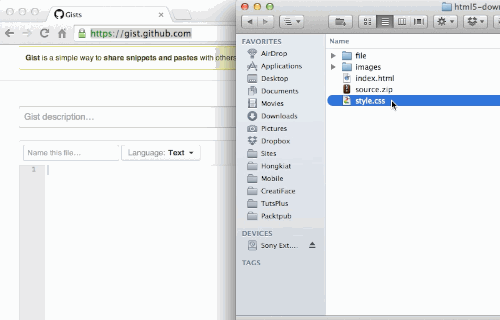
2. Creating a folder via the Web Interface
While many of us may manage Github repositories through the free Github app, Github has also built what they called WebFlow. It allows us to manage repositories through Github’s web interface.
And this is how you create new folders or files in directly in Github. End each new input with a / to create a new folder. Or, specify a file extension and hit Commit a New File to create a new file.
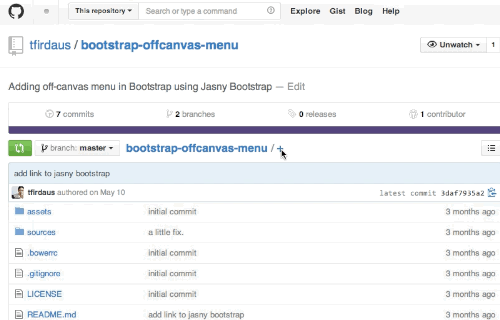
3. Using Git URL Shortener
These days people like sharing things from their photos, statuses, and news in Twitter. If you are a Github user, you might also want to share your Github repository. Yet, the repository URL is sometimes too long to be shared in Twitter, which only accepts 140 characters.
Certainly there are plenty of options to shorten the URL like Bit.ly and Goo.gl, but why not consider using Github’s very own facility, Git.io? Git.io will shorten the URL of your Github repository. There is also the command line interface for Git.io to shorten the URL through Terminal using the gitio command.
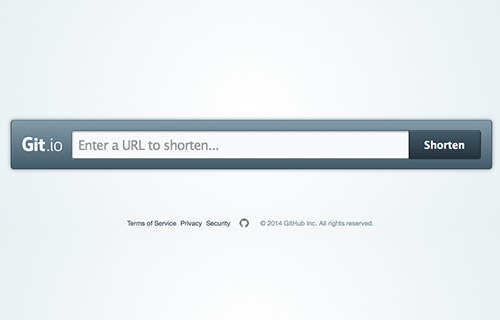
4. File Finder
Besides creating new files, you can also navigate through the files in any repository quickly. This feature is not visibly obvious as it comes in the form of a keyboard shortcut.
Hit the T key to activate File Finder. Press the ↑ and ↑ jump over files up and down. Or, type the file name to select a specific file you already have in mind.
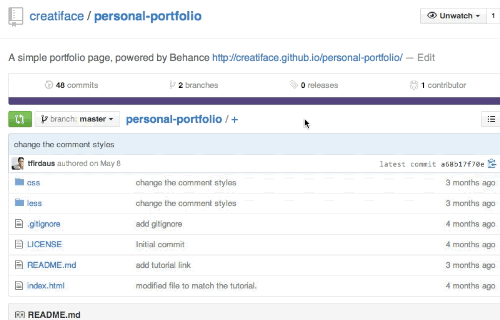
5. Using Github Emoji
Emojis or emoticons are tiny icons that depict an expression of some sort (mostly in the form of faces). In Facebook and Twitter, people often express their feelings with emojis.
Actually, you can also show emojis in Github. Find all the Emoji characters and codes in the Emoji Cheat Sheet. The emojis can be added in README.md file of the repository, Wiki, and in the Issues thread.

6. Using Github Command Line Interface
Whilst most people like working using a GUI, there are still some who prefer using CLI (Command Line Interface). This is where Github CLI comes in. Github CLI is initiated with hub. It brings extra commands that can be used along with the git commands. The full list of the features can be found in the Hub repository page.
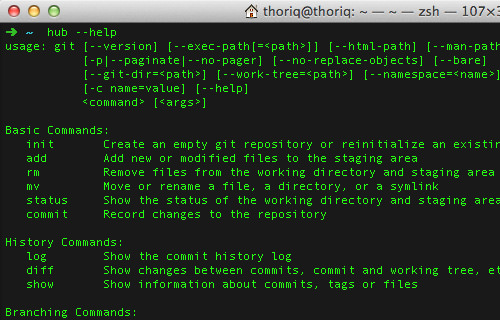
7. Linking Lines
Sometimes, you might want to share and point out specific lines within the file of your repository. Github allows you to do this by adding #L followed by the line number at the end of file URL (take a look at the example below).
You can also select a range of lines by specifying the starting and end lineswithin the #L parameter. The #L10-15, as an example, selects line 10 to 15.
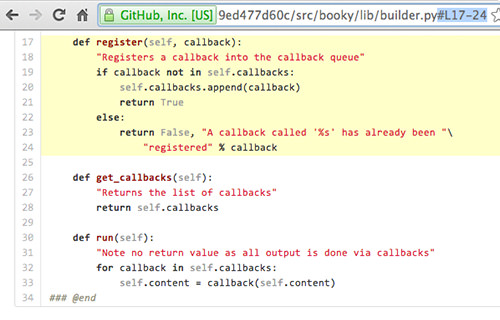
8. Task Checklist
Github extends markdown to cater to its own need. Now you can add a list of checkboxes in Github using - [ ] or - [x] to denote a checked item. Please note that the checkbox will only appear in a list item; the [ ] sign have to be initiated with a dash sign ‐. Here is an example:
|
1
2
3
4
|
- [x] create a post.- [x] create a page.- [x] add images.- [ ] published the post. |
This code will turn into:
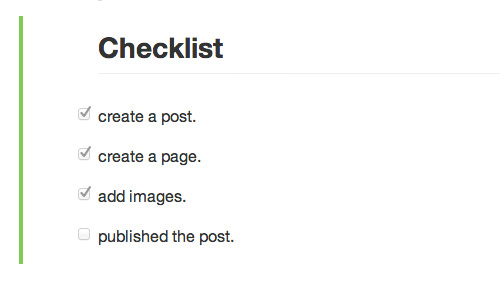
9. Map, CSV and 3D Rendering
Gihub supports CSV. If you include a .csv file, Github will render your CSV file into an interactive tabular data format. It even allows you to search through it. Aside CSV, Github will also automatically render Map with the geoJSON format and 3D with the STL extension.
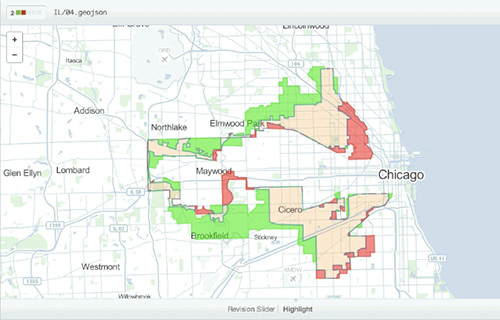
10. Get Octodex
Last but not least, did you know that Github has a variety of versions of its mascot, Octocat? Google has its Doodle, while Github has Octodex. Octodex is a collection of creative alternate version of Octocat. There, you can find Labtocat, Femalecodertocat, Octoliberty, Spidertocat, Megacat, and a bunch of other cool Octocats. You can use Octodex as you personal avatar. Refer to the FAQ page for more on the use policy of Octodex.

Read also: The 7 Best GitHub Alternatives for Hosting Your Project’s Source Code


